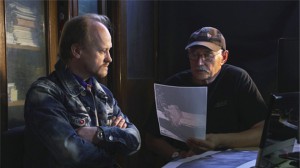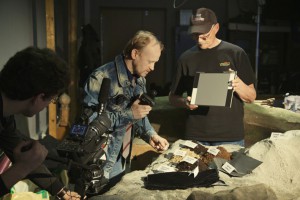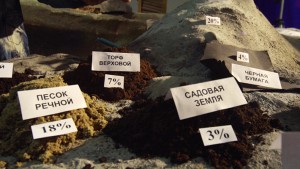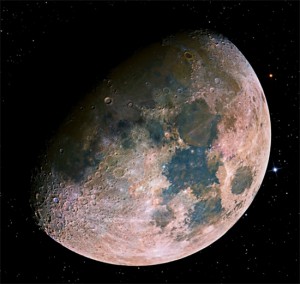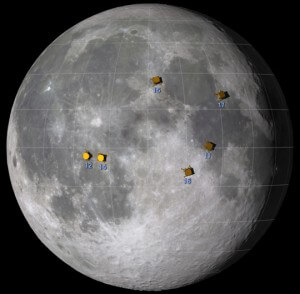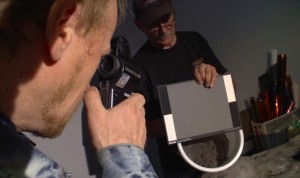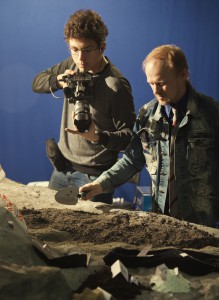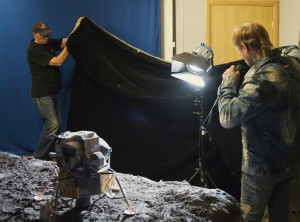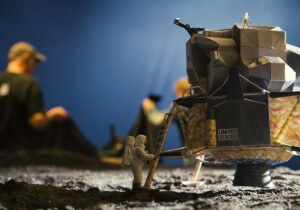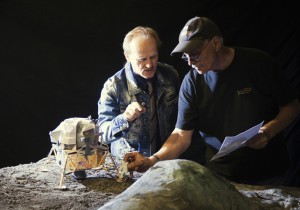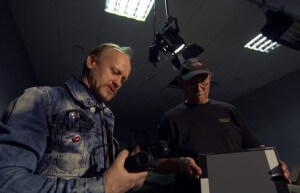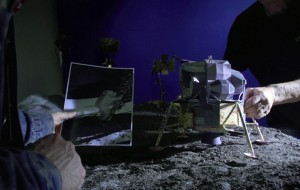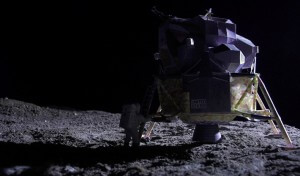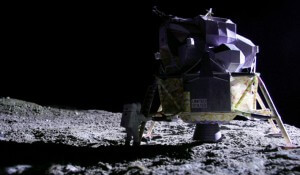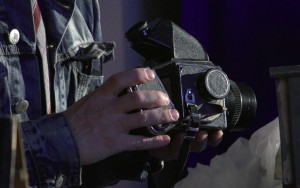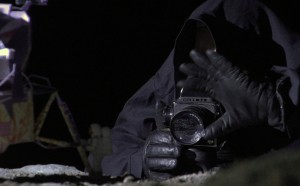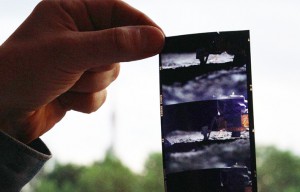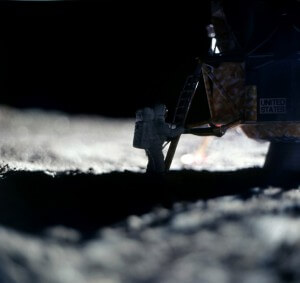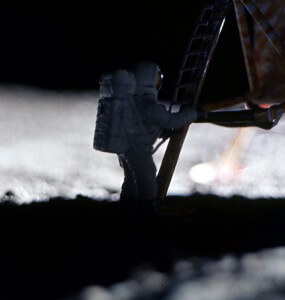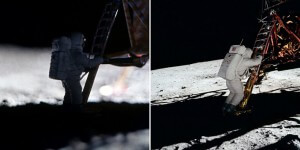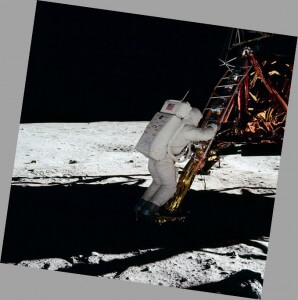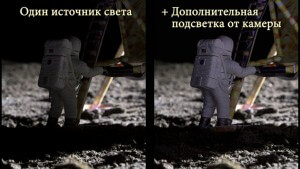
Moon: Breaking down Mythbusters or fake photos from NASA's workshop
 35
35
 21. 08. 2023
21. 08. 2023

Was landing on the moon by American astronauts alive? Did NASA falsify Apollo mission records? Did Neil Armstrong make photos of his first steps on the Moon or in the studio? These and other questions were addressed to the main protagonists of the reality show myth busters in a special 104th episode, which aired in 2008. Throughout the show, the protagonists tried to examine the controversial photographs of landing on the moon.
Proponents of the theory that Apollo was manipulated have noted in the photo above that another source of light has to be used. The astronaut is in the shadow of the Landing Module (LM) and yet is clearly visible. If the photo was actually taken on the moon, then the only source of light would be the sun.
Proponents of the theory that Apollo was real, argue that additional light is caused by reflection of sunlight from the surface of the Moon.
In order to resolve this dispute, the protagonists of the Mythbusters series decided to simulate similar conditions in the studio as on the surface of the Moon. They used a single light source, used 8% light reflectance material as a surface, created their own model of the lunar module, and created the character of an astronaut, mistakenly named Armstrong. In fact, Aldrin should be in the photo, as Armstrong was behind the camera.
The Conclusion of the Blasts of Myths was that the light was sufficient to bounce off the surface of the Moon and thus illuminate the astronaut himself.
However, when two Russian filmmakers (Yuri Elkhov and Leonid Konovalov) tried to repeat the same experiment in the film studio, the result was completely different. Their experiment showed that the astronaut's model is very dark in the shadows, which certainly did not match what we see in the NASA photo. In addition, they concluded that the Mythbusters had to resort to fraud. The video below clearly shows the difference between NASA's illumination of NASA and Mythbusters at 03:25. The astronaut model is much darker. The astronaut in a NASA photo glows brightly.
Russian filmmakers have decided to repeat the Mythbusters experiment by Jamie Hyneman and Adam Savage, thus confirming or refuting the authenticity of the disputed image.
In the first phase, they decided to choose a suitable material that would simulate the material on the surface of the Moon.
By measuring, 18% reflectivity (albedo) has river sand, 3% garden soil, 4% black paper, and 7% peat. The Moon itself has areas where the albedo is around 12% to 13%. There are also dark areas, known as maria.
According to records from the Apollo 11 mission, the astronauts landed in the Sea of Calm, where the albedo was around 7% to 8%.
The soil in the well in the photo corresponds to the coefficient of reflection (albedo) of the lunar regolith (surface). In addition, the used soil is 2x darker than the conventional gray scale.
A substitute for the monthly regolith is dispersed on the surface model.
The studio walls were covered with black velvet.
There are still several light sources including ceiling lights.
And the fluorescent lamps on the ceiling.
The dimmed model of the LM was set to the same position. Ceiling lights are not always switched off.
Now all ceiling lights are turned off. It remains the only source of light simulating the Sun. In the following photo, you can see how LM looks like it's lit.
The image can be artificially invoked. They did it, but they tried to keep it regolith texture:
According to information provided by NASA, the photograph was taken on 70 millimeter reversed (?) Color film by Kodak (ISO 160) using the Hasselblad camera. The same camera from the same manufacturer was used for the experiment. The film used Kodak ISO 100.
To prevent the photographer himself or his clothing from being a reflective surface for light, he dressed in black. (The surface of his clothing had a reflectivity from 3% to 4%.) Still, the question remains how could this picture be taken?
Here is the result:
The result has been thoroughly explored.
Astronaut model shoes are almost completely in the dark. There is no light to illuminate this area. The top of the helmet is also in the dark. There is no source of light from above. We see the reflected light on the PLSS (backpack) and his knees. This is due to the reflection of the light of the lunar surface simulation behind the astronaut model.
Now let's compare it.
Horizon NASA photo is right aligned:
It is not clear from the photo what the astronaut is actually doing. Is it climbing or climbing the LM ladder? Why was the photo rotated 45 °? Is it even possible to climb the ladder in the presented way? What if he had been on the ladder for a long time to pose for the photographer?
So where did so much light come from in the NASA photo? The following video offers answers. I recommend playing in HD format:
Finally, look at the two comparative photos. In the left photo we can see a model of an astronaut using a single light source simulating the Sun. The astronaut is completely in the shadows. An additional diffuse light source located near the camera was used in the right photo.
Russian filmmakers are convinced that the photos from NASA's workshop are a hoax. In their opinion, the photo was taken in a film studio using additional light, which was placed near the camera.
This article is not intended to assess whether Americans actually landed on the moon. It only points to inconsistencies in the photographs, which are presented as authentic shots of the moon's surface.





